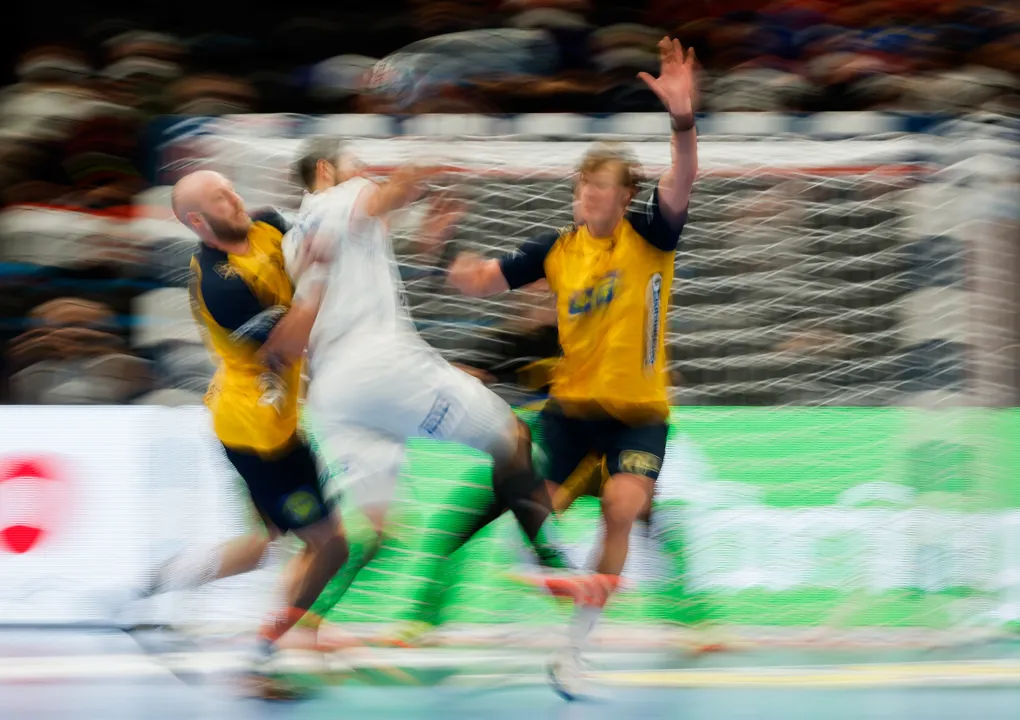
Men's EHF EURO 2022 analysis: Central focus and quick transitions
What was crucial in defending, what were the new tactical measures to stop the attackers and to build a perfect wall at the Men’s EHF EURO 2022? After putting the attack under spotlight of the first article of the qualitative analysis of the event in Hungary and Slovakia, this article focuses on the defensive work.
Using all official championship statistics, EHF Methods Commission member Monique Tijsterman together with the expert observations from a team of Hungarian observers (Dr Zoltán Marczinka, Dr Csaba Ökrös, János Hajdu/all EHF Master Coaches and Zoltán Kólya/CEO My Handball System Hungary Kft.) analysed individual players, teams and their defensive styles.
The results of the defence analysis:
Causing turnovers and turning the ball possession into counter-attacks was one of the core elements of successful EHF EURO 2022 participants. The analysts saw many teams which had this quick transition as a core element of their match plan – and this transition can only work if the defence is actively and able to fight to regain ball possession.
“The way teams are defending were also changing with a clear difference in defence styles. Instead of opting for the overly aggressive 6-0 defence, we are now seeing a more agile form of defence when players defend further forward and are able to receive possession of the ball quicker,”, was mentioned as one major result of the qualitative analysis.
Another key factor was that the centre back players were defending more and more in the direction of the wings to start a quick counter-attack match play – and the zonal defence was used much more often than before.
The experts analysed the same for defending with a one-player-minority: “When defending five versus six, the teams tended to give up on defending the wings for the sake of not losing strength in the middle of the court.”
The result of this were shots and more goals from the wing position overall in the tournament – but the number of long range shots significantly decreased due to the strong centre part of the defences' sides.
EHF EURO 2022 champions Sweden showed a very special way of defending: their zonal defence was more a 2:4 than a 6:0, as all defenders except the middle block were putting enormous pressure on the back players of their opponents, to block the pass ways and to intercept regularly. Though the wings were quite free, the opponents did have only less chances to pass through the defenders.
Marking of individual players or man-to-man marking was only used in crunch time. Most teams used a defensive specialist – some had one, others even two – a perfect example was silver medallists Spain. This, naturally, can have consequences for transition into attack, as the overall speed gets slower.
And a final conclusion was: a good defender is not only good in blocks and steals, but also by causing attacker fouls to get in ball possession.
Read the full Men’s EHF EURO 2022 qualitative analyse here.






